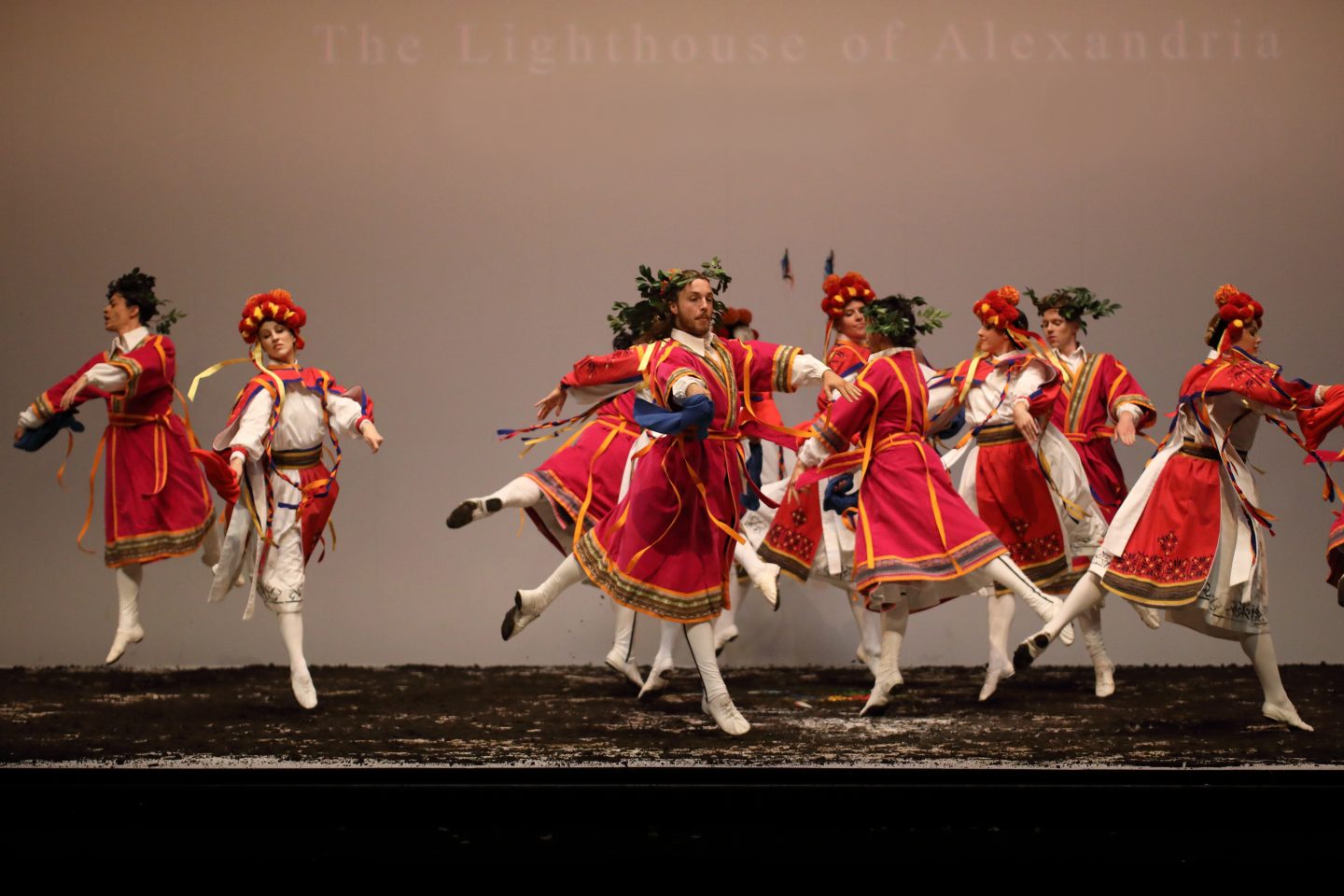Festival Review:
Requiem

Romeo Castellucci’s sounds the alarm for global mass extinction in his staging of Mozart’s Requiem, but there’s a kernel of hope amidst the melancholy and destruction.
Requiem
“I have the feeling that Mozart’s Requiem—both music and text—are particularly ‘right’ for today,” says director Romeo Castellucci. It’s a piece that speaks of anguish, written in anguish as Mozart succumbed to a fatal illness. The origins of the funeral mass are hazy—commissioned by an anonymous stranger, it was completed by Mozart’s student Franz Xaver Sussmayr, prepositioned on strict instructions from his dying mentor.
Ours is an age of extinction, and so it is poignant and necessary to remember all that has been lost—the 3 billion birds in North America, the 75% loss of insects recorded in German nature reserves, the half a billion animals that were killed in the New South Wales bushfires alone. Castellucci and his team have decided to orient this opera, with its haunting score and liturgy reflecting the transience of life, towards this disappearance.
This is done by way of an ‘atlas of extinction’: text that appears on the backdrop of the stage recording/witnessing the loss – from time immemorial to our current age. For example, lost cities: Carthage (recall the Roman senator who would repeat fastidiously, “Carthage must be destroyed), Palmyra (recall Khaled al-Asaad, who was murdered while trying to defend his city’s antiquities). As you sit and watch the opera, the atlas serves as a ticking clock, a reminder of both human folly and human ingenuity, about to raise the alarm. In one of the closing sequences, the atlas witnesses the art that has disappeared – and this feels like a misstep, equating works of art, sublime as they may be, with the destruction of our natural environment.
The stage design, costumes and choreography are all visually splendid, threading together common folk motifs – such as the ‘circle dance’ – with rich religious and secular iconography. In one sequence, there are three performances unfolding: a tableau, a circle dance, and choir, creating a visual tapestry on stage. By combining melancholy and beauty, the opera leaves us with hope – that we can make our way back from environmental injustice to peace with nature. To quote Kundera, “We are all inhabitants of a universe where everything turns in circles.”